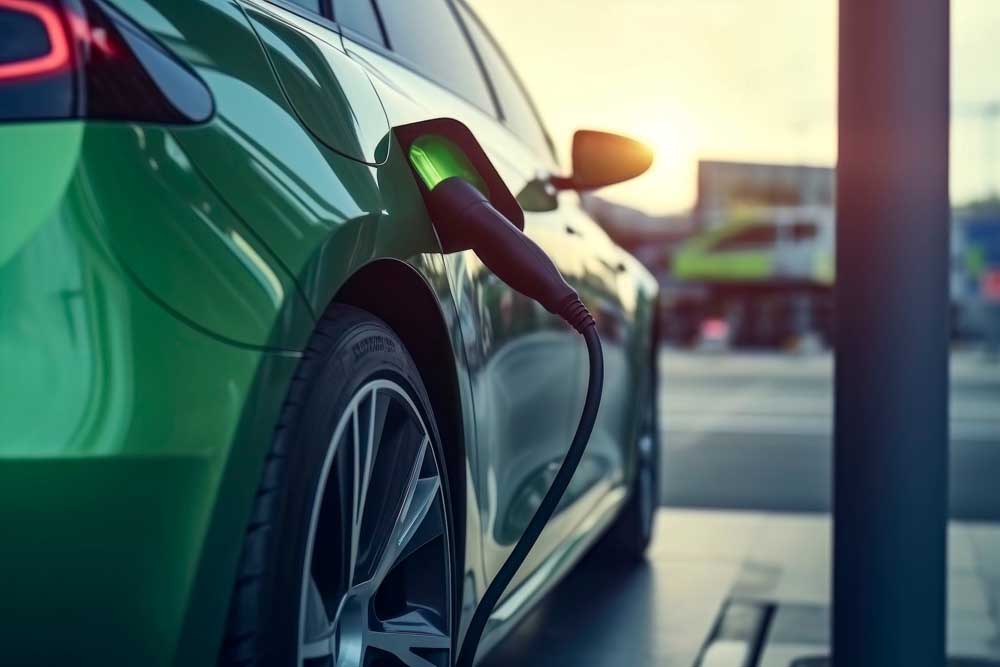Editorial: How many electric chargers should parking lots be required to have?
Published 5:00 am Thursday, February 6, 2025

- Oregon Legislature may increase requirements for electric vehicle charging.
It’s no simple question: How many is the just right number for electric vehicle charging stations in a parking lot? 10% of parking spaces? 50%? 100%? Leave it up to the developer?
The new Central Library at Stevens Ranch in Bend will have three dual chargers, serving six car stalls out of 240 parking spaces. Of course, most people who visit the library would likely charge at home.
The Oregon Legislature is considering a bill, House Bill 2961, which would increase the requirements for some new buildings. Rep. Mark Gamba, D-Milwaukie, is the bill’s chief sponsor.
The bill modifies the state’s building code for new multi-family residential or mixed-use buildings with five or more residential units. There would be two options under the bill and they get technical. Basically, it’s more charging capacity.
The technical: The requirement for the electrical capacity for chargers would be increased from no less than 20% of parking spaces to no less than 50% of parking spaces or have capacity in 20% of the spaces and one quarter of that percentage — and at least one parking space — would have to have a level 2 or level 3 charger.
Like we said, it gets technical. Chargers cost about $3,500 a piece, Gamba said. Cities can already adopt higher percentages. The bill increases the state requirement.
“It encourages the transition we all know we need to make,” Gamba said.
The inescapable burden electric vehicles bear is that they are still relatively new. EV patriots and EV skeptics argue about the newness. They argue about range. They argue about the cost. They argue about grid capacity. They argue about charging. And at the hearing for this bill on Tuesday, legislators questioned the cost, if Oregon should have only one requirement for all of the state, and more.
Rep. Virgle Osborne, R-Roseburg, pointed out that Gov. Tina Kotek wants Oregon to meet goals for building new housing. The proposed law would impede the goal of building new housing by increasing the costs of development.
“How many more dollars and how many less projects are we going to do because of this bill?” Osborne asked.
Gamba said Milwaukie has a more stringent requirement than he is requesting in this bill and the city still issued more building permits than San Francisco. Of course, that can be true and it can also be true that it does increase costs and complications for developers of needed housing.
We think the right number of chargers for parking spots for new housing might actually, eventually, be closer to 100%. People need to be able to charge an electric vehicle where they live. We know that would increase costs of the parking lot. It would, though, presumably be cheaper to do it at construction rather than later. And later, won’t more and more Oregonians be driving EVs? We are not there, yet. We will be getting there. What do you think?








